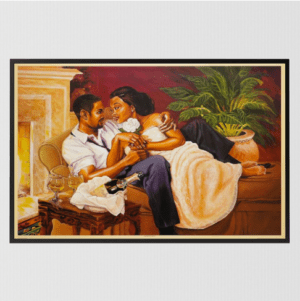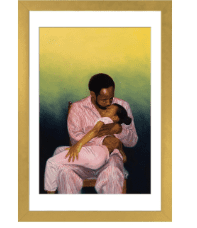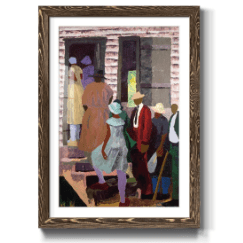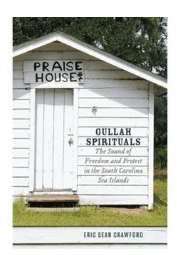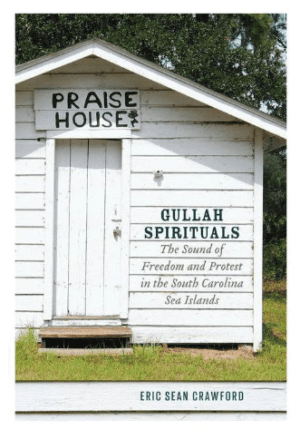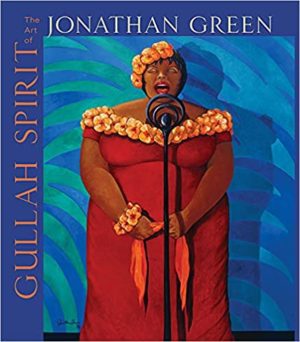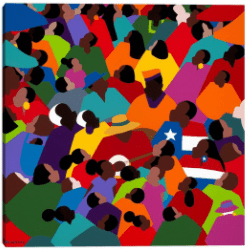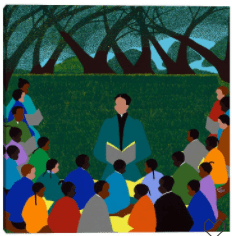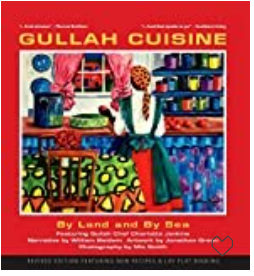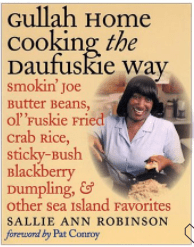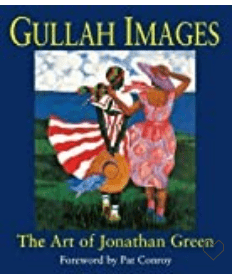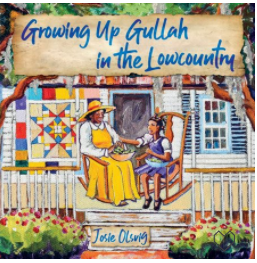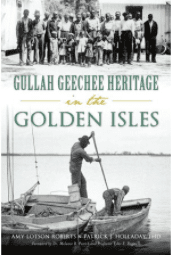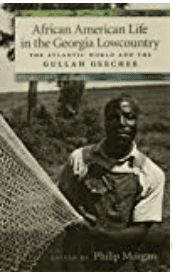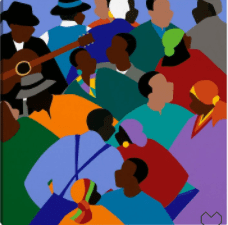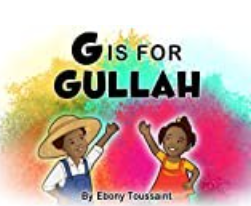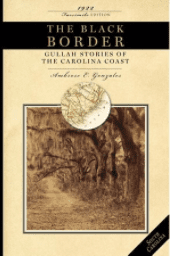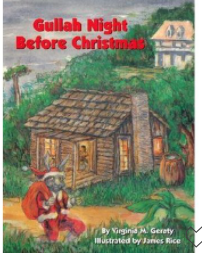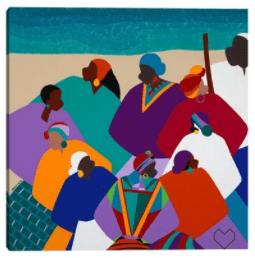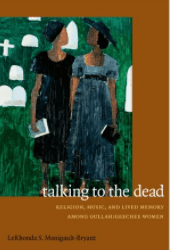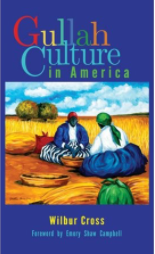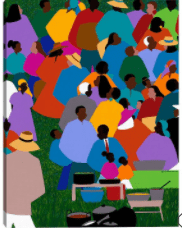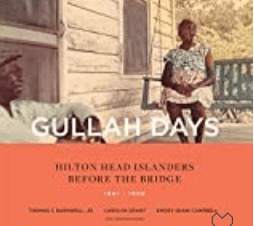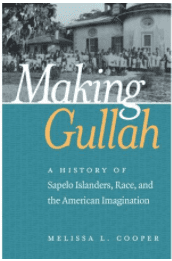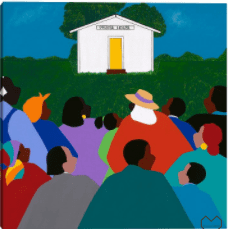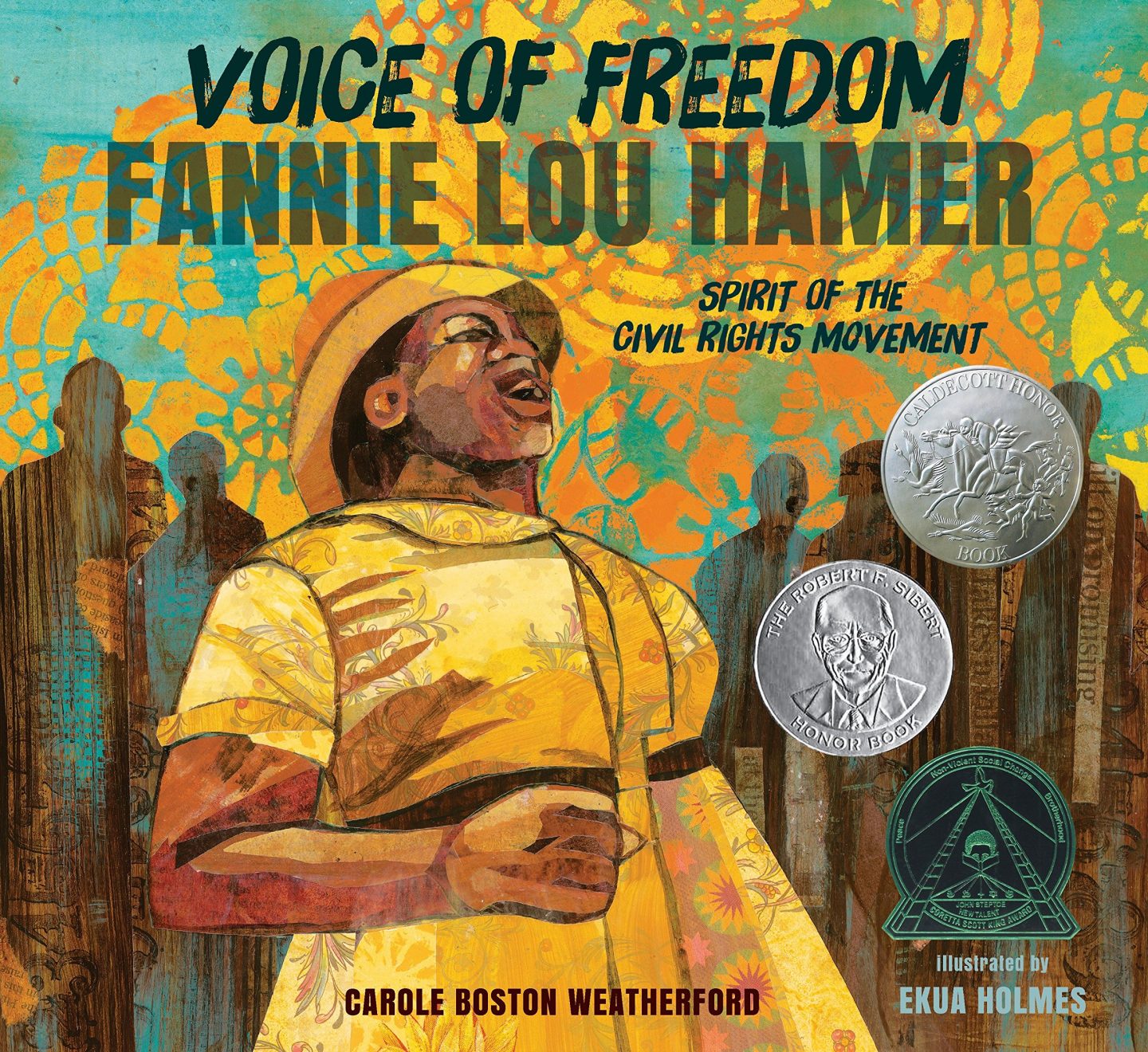
Today we are exploring the rich African American Culture in Mississippi. From politics to music, this state and its Black community have made a mark on American and World history. Explore this history through these curated books on Black Mississippi Culture. Have some books you want to add to the list? Share with us by email at michie@blacksouthernbelle.com
Black In Missippi: Books to Explore the African American Culture in Mississppi
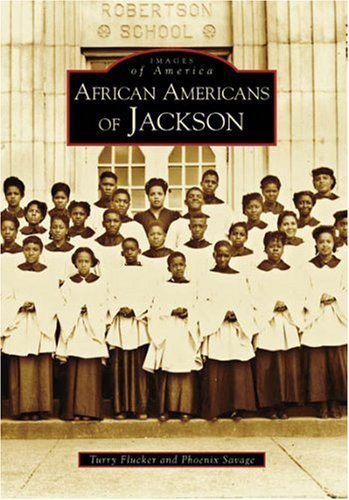
African Americans of Jackson (Images of America: Mississippi)
The African American community of Jackson comprised an eclectic array of architectural styles reflective of the economic and social stratification of its urban dwellers. Images of America: African Americans of Jackson illustrates through vintage photographs the lives of the city’s African American residents as seen through their struggles and triumphs.
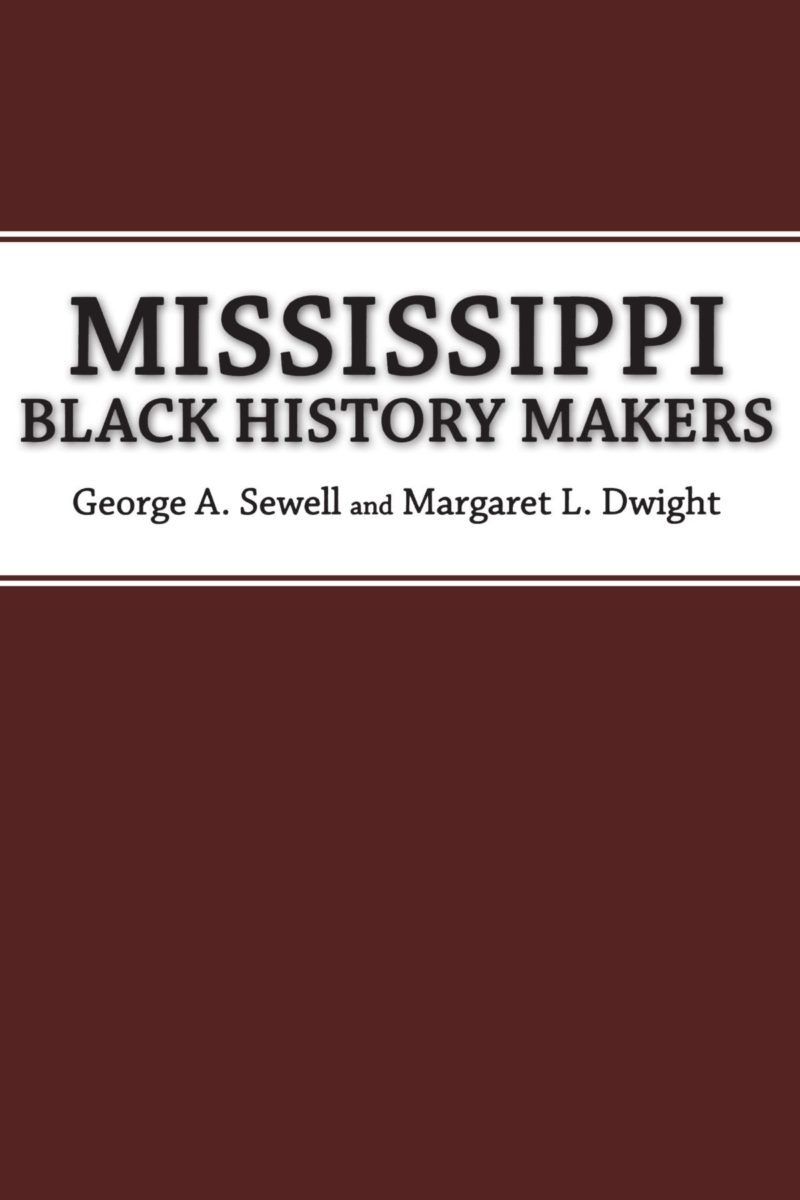
Mississippi Black History Makers
This new edition of biographical sketches of notable blacks from Mississippi expands the edition published in 1977. A total of 166 figures are included in this new printing, all of them persons who have, by the authors’ comprehensive survey, “made significant contributions in bringing about the uplift of the black race.”
Black history makers are defined herein as those who have achieved national prominence in their fields, have made lasting contributions within the state as pioneers in fields where blacks were not previously allowed, or contributed in their own community or field, representing the lives of many blacks and serving as role models of what can be accomplished. Each of those included in the book either was born in Mississippi and spent a part of his or her childhood there or migrated to Mississippi and remained.
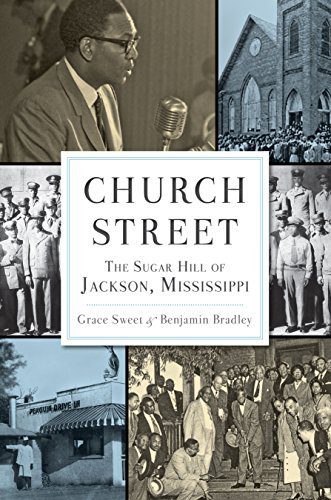
Church Street: The Sugar Hill of Jackson, Mississippi (American Heritage)
The 1930s and 1940s saw unprecedented prosperity for the African Americans of Jackson’s Church Street. From the first black millionaire in the United States to defenders of civil rights, nearly all of Jackson’s black professionals lived on Church Street. It was one of the most popular places to see and be seen, whether that meant spotting Louis Armstrong strolling out of the Crystal Palace Club or Martin Luther King Jr. organizing an NAACP meeting at his field office on nearby Farish Street. Join authors and veterans of Church Street Grace Sweet and Benjamin Bradley as they explore the astounding history and legacy of Church Street.

Madison County, Mississippi (Black America Series)
Known as the “Land Between Two Rivers,” Madison County is situated between the Pearl River to the east and the Big Black River to the west. It was created in 1828, and African slaves were among its earliest settlers. As the county grew, the African-American society began to create roots in this region, and their legacy continues to this day. Black America: Madison County explores a community marked by struggle, poverty, and segregation, a community that finally gained its voice during the Civil Rights Movement of the 1960s. This volume celebrates the lives of Madison County’s black residents-past and present-and tells their story through vintage photographs.
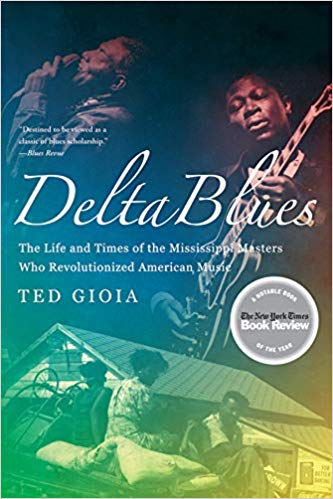
Delta Blues: The Life and Times of the Mississippi Masters Who Revolutionized American Music
In this “expertly researched, elegantly written, dispassionate yet thoughtful history” (Gary Giddins), award-winning author Ted Gioia gives us “the rare combination of a tome that is both deeply informative and enjoyable to read” (Publishers Weekly, starred review). From the field hollers of nineteenth-century plantations to Muddy Waters and B.B. King, Delta Blues delves into the uneasy mix of race and money at the point where traditional music became commercial and bluesmen found new audiences of thousands. Combining extensive fieldwork, archival research, interviews with living musicians, and first-person accounts with “his own calm, argument-closing incantations to draw a line through a century of Delta blues” (New York Times), this engrossing narrative is flavored with insightful and vivid musical descriptions that ensure “an understanding of not only the musicians, but the music itself” (Boston Sunday Globe). Rooted in the thick-as-tar Delta soil, Delta Blues is already “a contemporary classic in its field” (Jazz Review). 38 illustrations
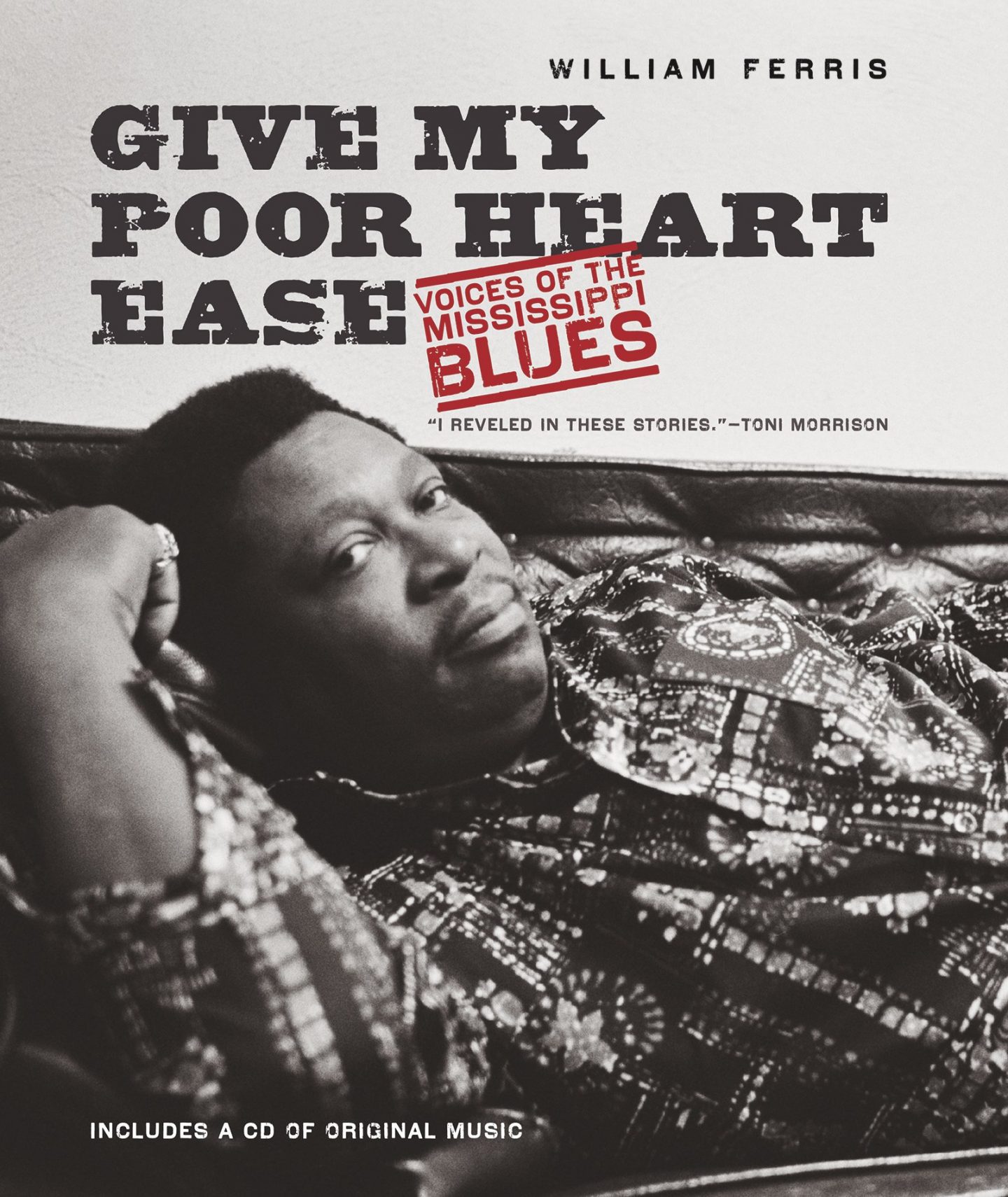
Give My Poor Heart Ease: Voices of the Mississippi Blues (H. Eugene and Lillian Youngs Lehman Series)
Throughout the 1960s and 1970s, folklorist William Ferris toured his home state of Mississippi, documenting the voices of African Americans as they spoke about and performed the diverse musical traditions that form the authentic roots of the blues. Now, Give My Poor Heart Ease puts front and center a searing selection of the artistically and emotionally rich voices from this invaluable documentary record. Illustrated with Ferris’s photographs of the musicians and their communities and including a CD of original music, the book features more than twenty interviews relating frank, dramatic, and engaging narratives about black life and blues music in the heart of the American South.

Voice of Freedom: Fannie Lou Hamer: The Spirit of the Civil Rights Movement
Despite fierce prejudice and abuse, even being beaten to within an inch of her life, Fannie Lou Hamer was a champion of civil rights from the 1950s until her death in 1977. Integral to the Freedom Summer of 1964, Ms. Hamer gave a speech at the Democratic National Convention that, despite President Johnson’s interference, aired on national TV news and spurred the nation to support the Freedom Democrats. Featuring vibrant mixed-media art full of intricate detail, Voice of Freedom celebrates Fannie Lou Hamer’s life and legacy with a message of hope, determination, and strength.
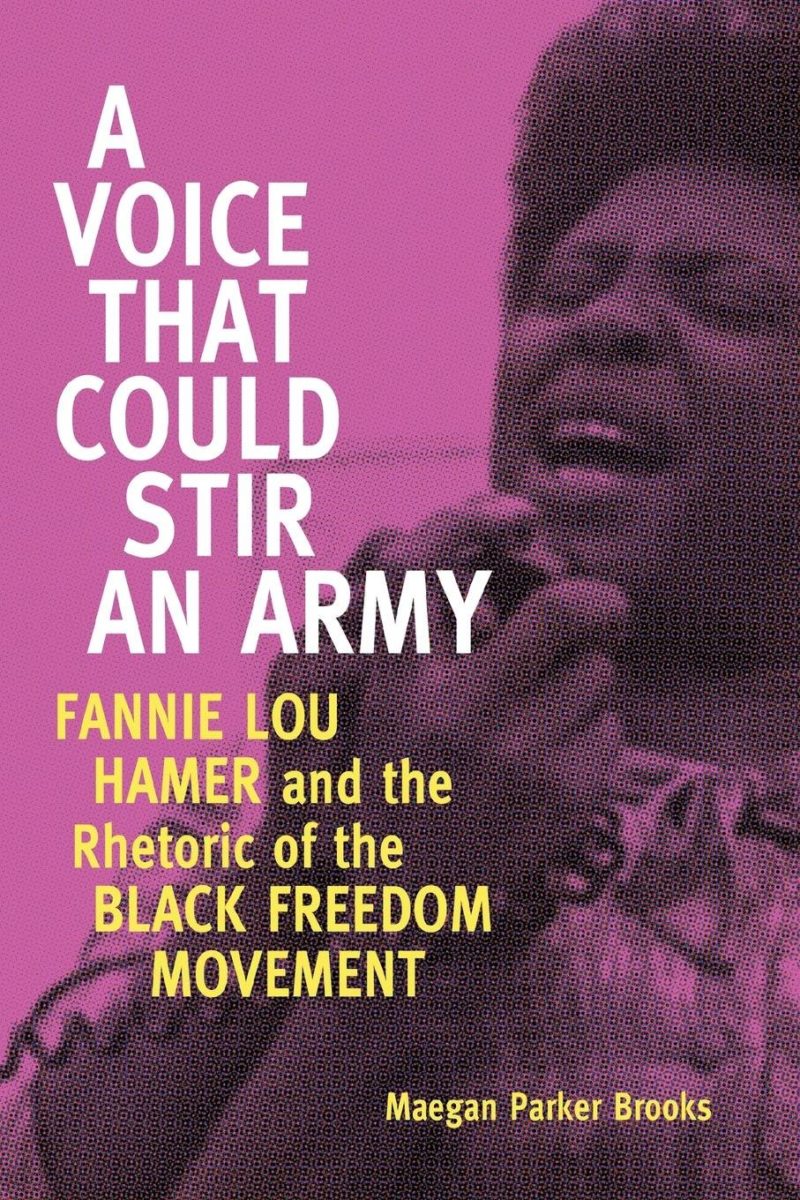
A Voice That Could Stir an Army: Fannie Lou Hamer and the Rhetoric of the Black Freedom Movement (Race, Rhetoric, and Media Series)
A sharecropper, a warrior, and a truth-telling prophet, Fannie Lou Hamer (1917-1977) stands as a powerful symbol not only of the 1960s black freedom movement, but also of the enduring human struggle against oppression. A Voice That Could Stir an Army is a rhetorical biography that tells the story of Hamer’s life by focusing on how she employed symbols– images, words, and even material objects such as the ballot, food, and clothing–to construct persuasive public personae, to influence audiences, and to effect social change.
